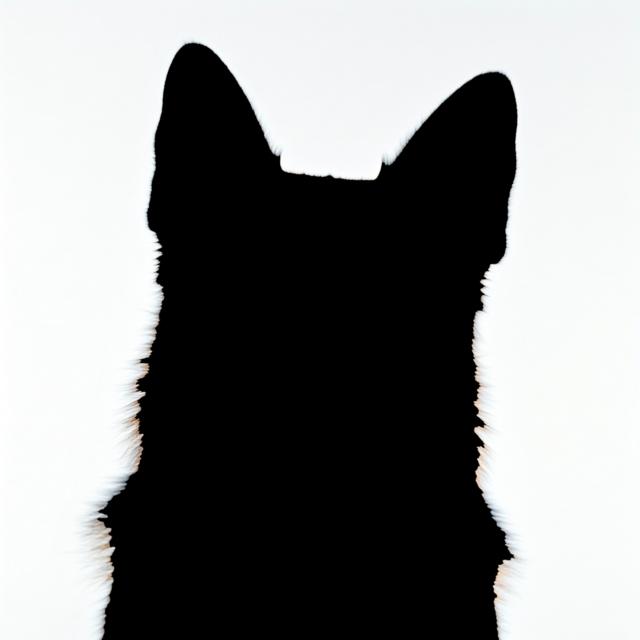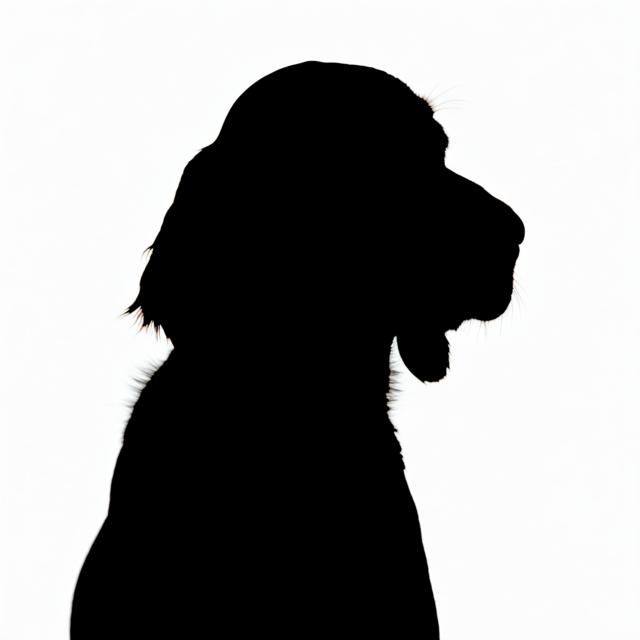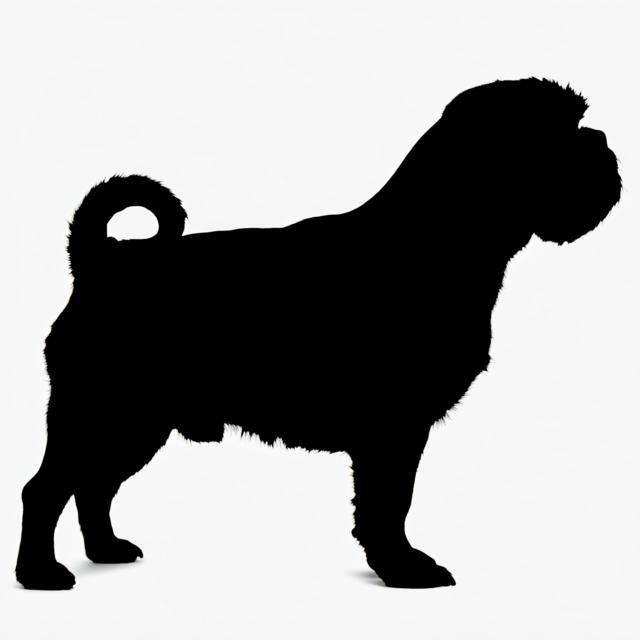Dachshund (Kaninchen Wire Haired)
Rabbit Dachshund Wire Haired

ankc

nzkc
Summary
- The Kaninchen Wire Haired Dachshund is a small, German breed developed for hunting rabbits, known for their short, harsh coat and a lively, intelligent temperament. This breed requires moderate exercise, consistent training, and can be prone to certain health issues.
Origin and Purpose
- Developed in Germany to hunt small game such as rabbits.
Appearance
Dimensions
| Gender | Height | Weight |
|---|
| Female | Up to 15 cm | Up to 3.5 kg |
| Male | Up to 15 cm | Up to 3.5 kg |
Coat
| Attribute | Notes |
|---|
| Color | - Most colours, including brindles and dapples
|
| Type | - Short, dense, harsh outer coat with a soft undercoat.
|
| Length | |
Care
| Attribute | Notes |
|---|
| Shedding | |
| Grooming | |
| Drooling | |
Body
| Attribute | Notes |
|---|
| Head | - Elongated, tapers to the nose
|
| Skull | |
| Ears | - Set high, rounded and hanging
|
| Eyes | |
| Nose | |
| Muzzle | |
| Teeth | |
| Neck | - Muscular, slightly arched
|
| Forequarters | |
| Fore Legs | |
| Hindquarters | |
| Hind Legs | - Short, straight when viewed from the rear
|
| Feet | |
| Tail | - Set in continuation of the spine.
|
| Gait | |
Temperament
- Intelligent, courageous, lively and affectionate, can be stubborn.
Social
| Attribute | Notes |
|---|
| Affectionate with Family | |
| Good with Children | - Can be good with children if socialised early
|
| Good with Dogs | - Can be good with other dogs if socialised early
|
| Good with Cats | - Can be good with cats if socialised early
|
| Openness to Strangers | |
| Playfulness Level | |
| Protective Nature | |
| Adaptability Level | |
Working Roles
Exercise Needs
Health
- Prone to back problems, eye issues and heart problems.
Additional Notes
- Independent nature, requires consistent training
References
 ankc
ankc nzkc
nzkc


